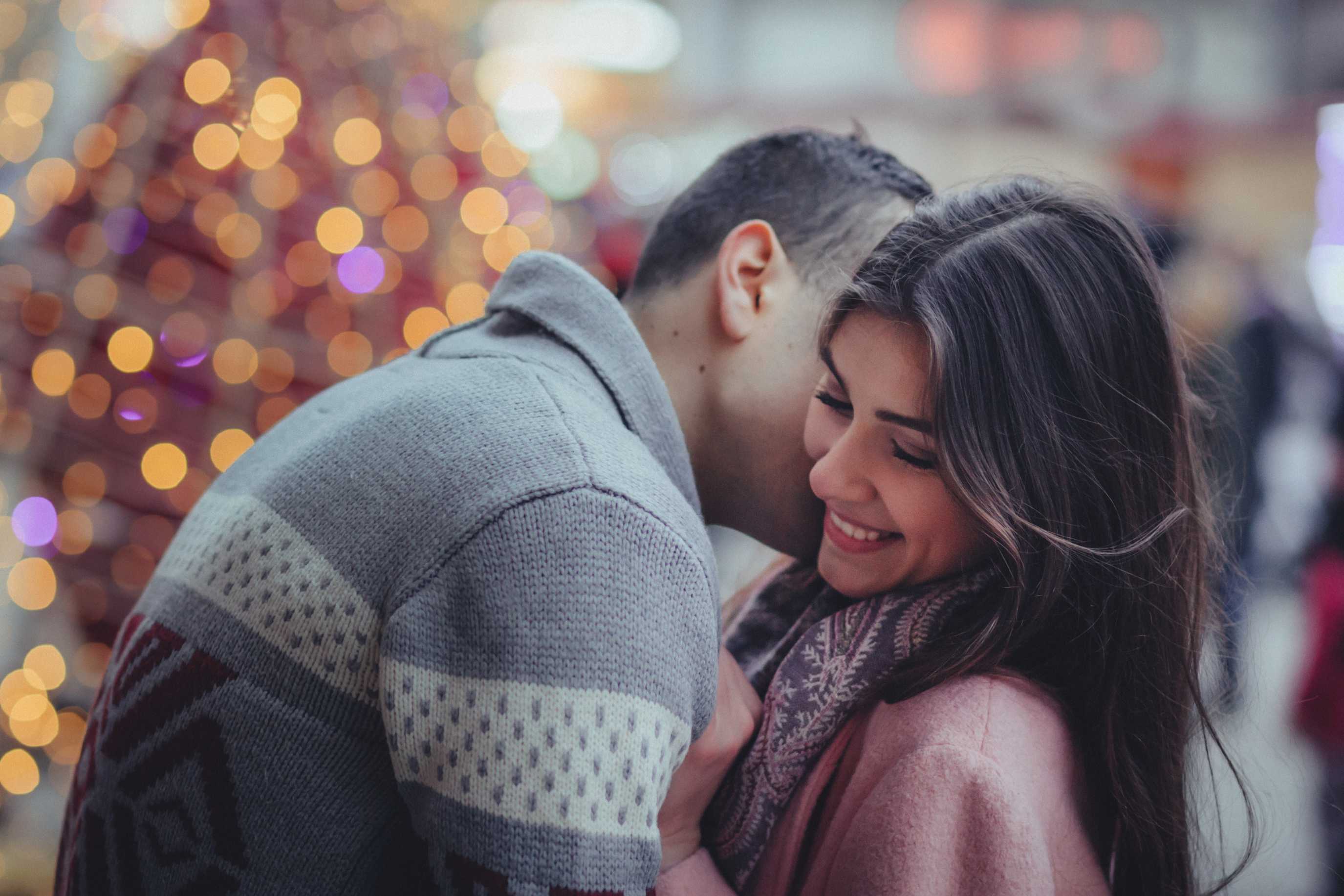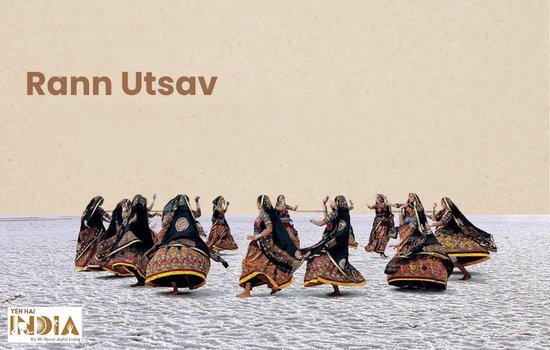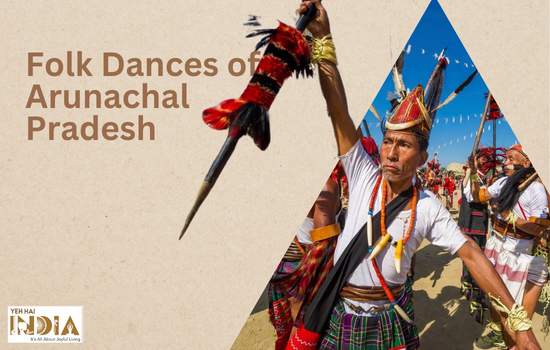In India, wedding means rituals, no matter which religion it is, so the same goes for Muslim Weddings.
Islam is one of the biggest religions followed in the world. In India itself there are 172 million people who follow Islam. According to their religion, marriage is considered a ritual in itself as it is seen as an integral part of Islamic culture and are commanded by the Holy Quran as one of the primary duties of a Muslim.
It enables a Muslim to preserve and multiply Islam through his family and future generations. In this blog, you will read about the all Muslim wedding rituals followed In India.
Muslims take their wedding ceremonies very seriously and the rituals go on for a period of 3-4 days. The ceremonies are broken up into Pre-wedding, Wedding and Post Wedding rituals
Muslim Pre-wedding Rituals
There are 6 rituals followed in Muslims pre wedding. Let’s talk about them in brief.
Salatul Ishtikara
A ceremony in which the families of the to-be-wedded couple approach a religious head (also called Imam) of the closest mosque to perform certain religious prayers to bless the couple. The ceremony is an opportunity for the couple to gather blessings from Allah and elders for their wedding.
Arranged marriages are common among Muslims and this ceremony is also done to check the fit between the couple and their families and to get blessings from Allah for their union in marriage.
Imam Zamin

The ritual wherein the groom’s mother visits the bride on an auspicious day. She also carries a gold or silver coin wrapped inside a silk scarf which she ties around her future daughter-in-law’s wrists. This ritual indicates the formal acceptance of the bride into her future family.
Mangni
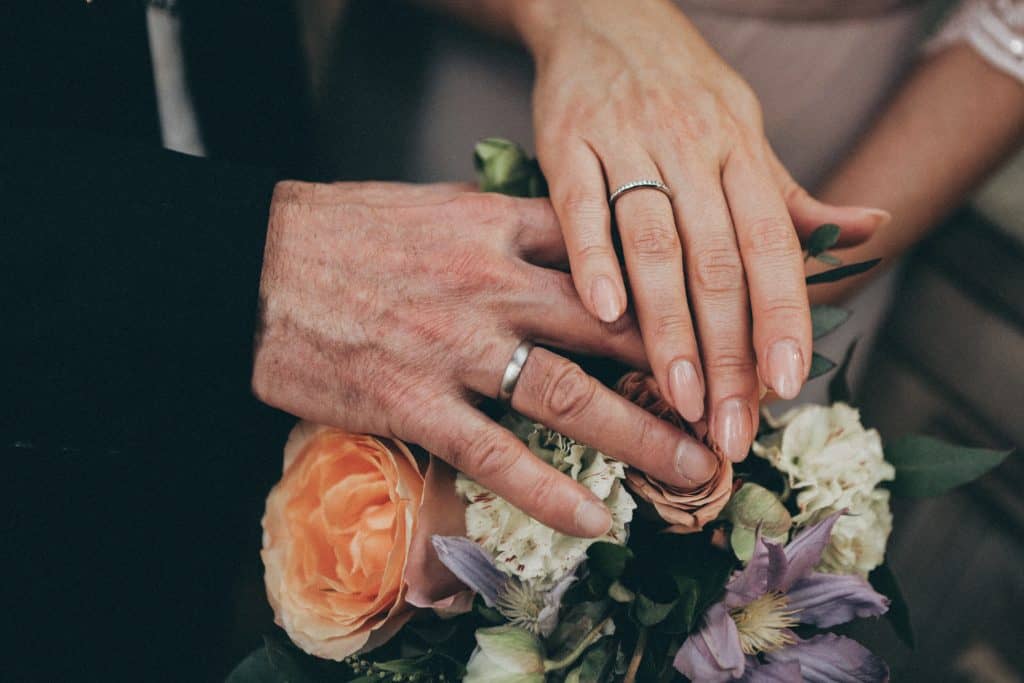
A ceremony intended to officially seal the two people in holy matrimony. It is the exchange of rings between the bride and groom with their close family members and friends as witnesses to the event. The families also exchange gifts in the form of dry fruit, jewellery etc. to welcome the each other into their families.
Manjha
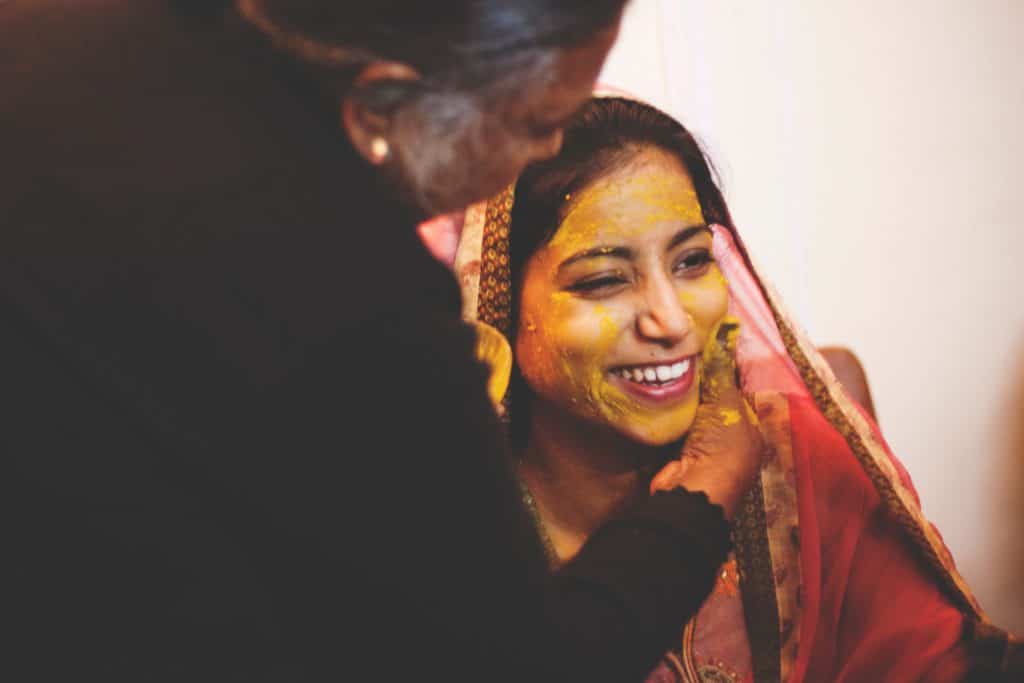
A ceremony particularly for Indian Muslims- this ceremony involves applying of a paste on the bride’s face, hands and feet. The paste is made of turmeric, rose water and sandalwood. The event involves all the women on the family taking turns and having fun while applying the paste on the bride. The bride is not to leave the house until the wedding day post this ceremony. A similar ceremony is conducted for the groom at his house as well.
Mehendi

This ceremony involved the application of henna on the bride’s hands and feet. It marks the beginning of her get up for the final wedding day. A common ritual is that the groom’s initials are also put down in between the designs on the hands. The mehendi was usually applied by someone from the family but these days professional mehendi artists are employed for the ceremony.
Sanchaq
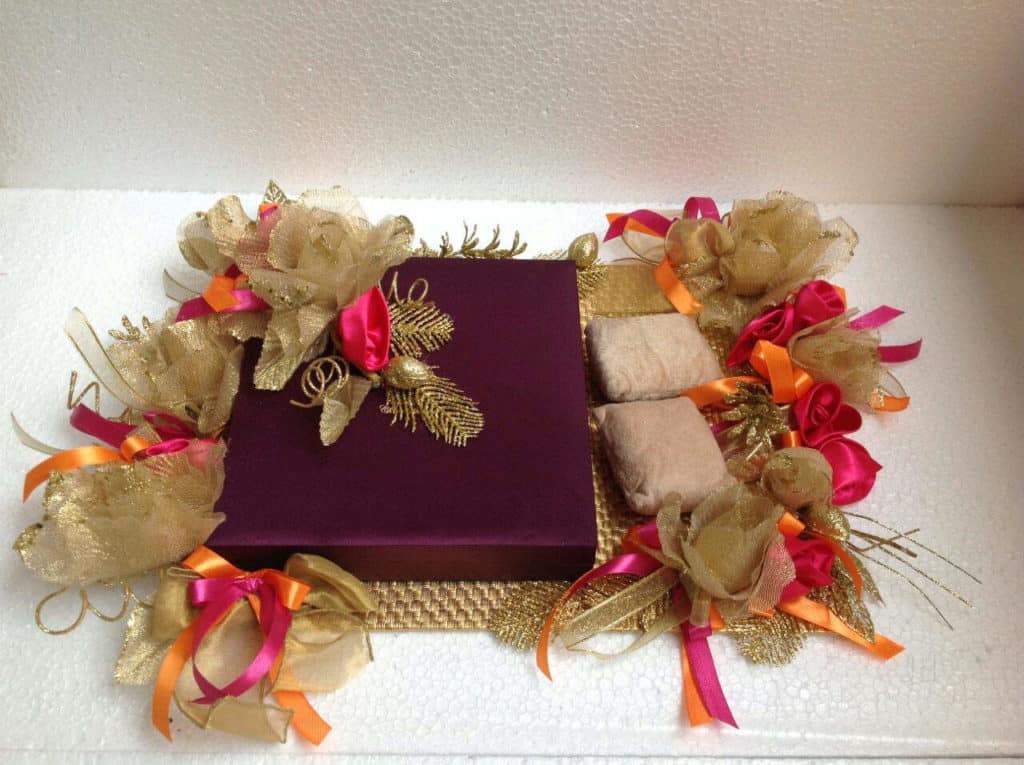
During this pre-wedding ritual, the groom’s family pays a visit to the bride to give her bridal outfits, jewellery and other gifts. The ceremony is done a day or two before the big day and sometimes perfumes and other accessories are also sent for the bride.
Also Read: Kannada Wedding Rituals: Pre & Post Wedding Rituals
Wedding Day Rituals
Baraat

The Baraat is the procession that begins at the groom’s residence and goes on till the wedding location. Usually the bride’s family sends a car with a family member to escort the groom to the car. The procession involves lot of music and dance as the family members celebrate the occasion. The baraat is the beginning of the big day with the groom receiving a grand entrance to the location.
Welcome
As the groom arrives at the wedding venue he is met at the entrance by the bride’s family members. He is warmly welcomed into the venue and is offered a drink of sweet Sherbet by his brother-in-law who gives him company for the drink.
The relatives of the groom also receive grand welcome and are sprayed with ittar-scented or rose-water as they enter the wedding venue.
Nikah

The Wedding or Nikah ceremony is officiated by a religious priest or Maulvi. The men and the women are seated in different areas for this ceremony, women around the bride and the men with the groom. The groom’s family presents the bride with Mehr which is a generally pre-decided amount of cash to seek her consent for marrying the groom.
The Maulvi starts the Nikah proceeding by first saying a prayer from the Quraan. Next, he asks the bride if she is consenting to marry the groom by accepting the Mehr. This is where he asks the bride the phrase ‘Qubool Hain?’ (Do you give your consent) three times in a row. The bride has to reply by saying “Qubool Hain” in assertive and affirmative tone all three times. Then the Maulvi moves on to the groom and repeats the procedure.
This ritual is known as Ijab-e-Qubool. The bride and groom are to remain separated from each other so that they are not able to see each other. The Ijab-e-Qubool is followed by signing of the Nikahnama or marriage contract. The Nikahnama outlines all possible duties and rites of both the bride and the groom as decreed by the Quran.
At least two observers from each side need to bear witness to signing by both the groom and the bride. This is followed by the recital of Khutba, a religious discourse. The Maulvi then recites paragraphs from the Holy Quran which are equivalent to marriage vows.
The bride and groom need not repeat these vows but listen to them. The recital of vows is followed by duruds wherein the elders of the family shower their blessings on the newlywed couple.
Arsi Mushraf

This is officially the first time the couple sees each other after the wedding day rituals are over. Up until now both the bride and groom’s faces were hidden with garments. This ceremony too is conducted in a different fashion, a mirror is kept on top of the Quran ( the Holy book) and the couple is meant to look at each other through the reflection.
Post-Wedding Rituals
Rukhsat
Once the wedding ceremony is over, the bride bids an emotional goodbye to her family and leaves for her husband’s house. At her in-law’s residence she is welcomed by the mother in law who, as a reminder of her duties of a wife and to bless the girl, keeps the Quran on her head.
Walimah
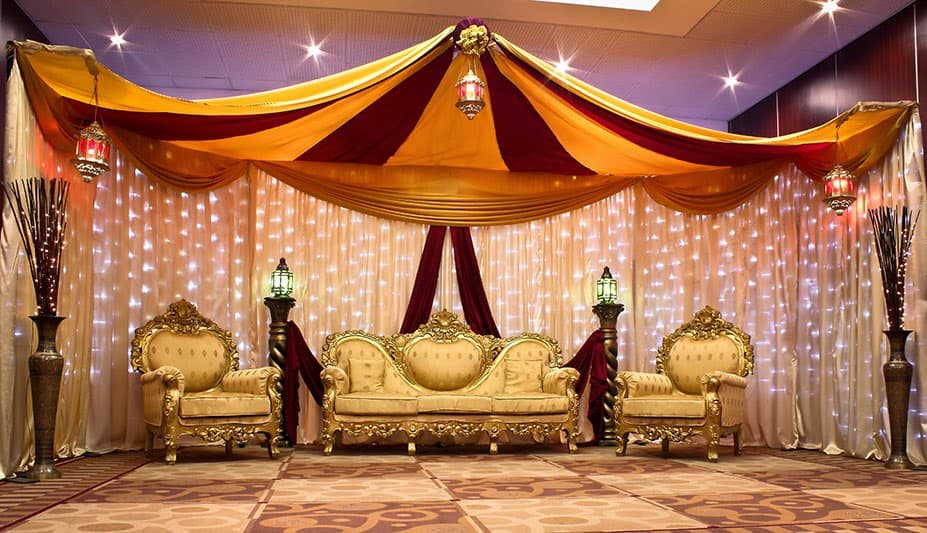
The Walimah is the ‘big fat wedding’ part of Muslim marriage. It is a grand ceremony wherein the couple is often seated on a throne on top of a stage and meets the attendants of the reception on by one. The ceremony generally has a big feast including pomp and celebration. There is a big spread of scrumptious food including biryani, korma and other Indian dishes.
Chauthi
This ceremony is for the husband to visit his in-laws. It happens four days after the wedding day. The bride’s family prepares a grand meal in order to welcome their son in law into their house. The Chauthi (implying fourth) has all the elements of a typical Muslim ceremony in terms of food, dressing up and rituals.
Read about wedding rituals of other Indian Communities and religions on Yeh Hai India




